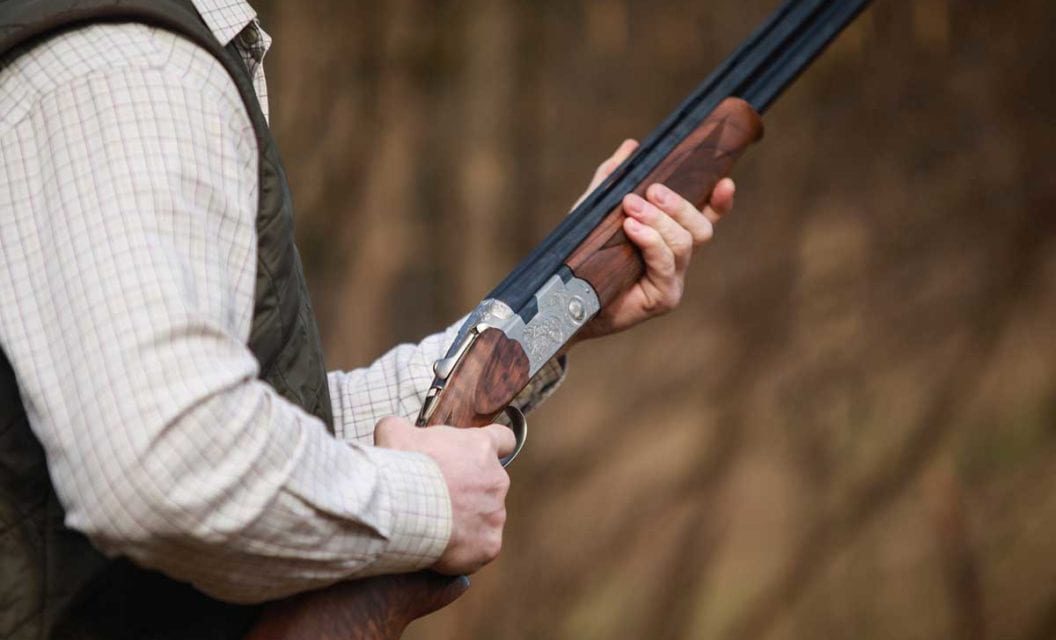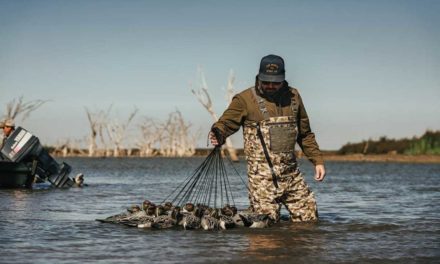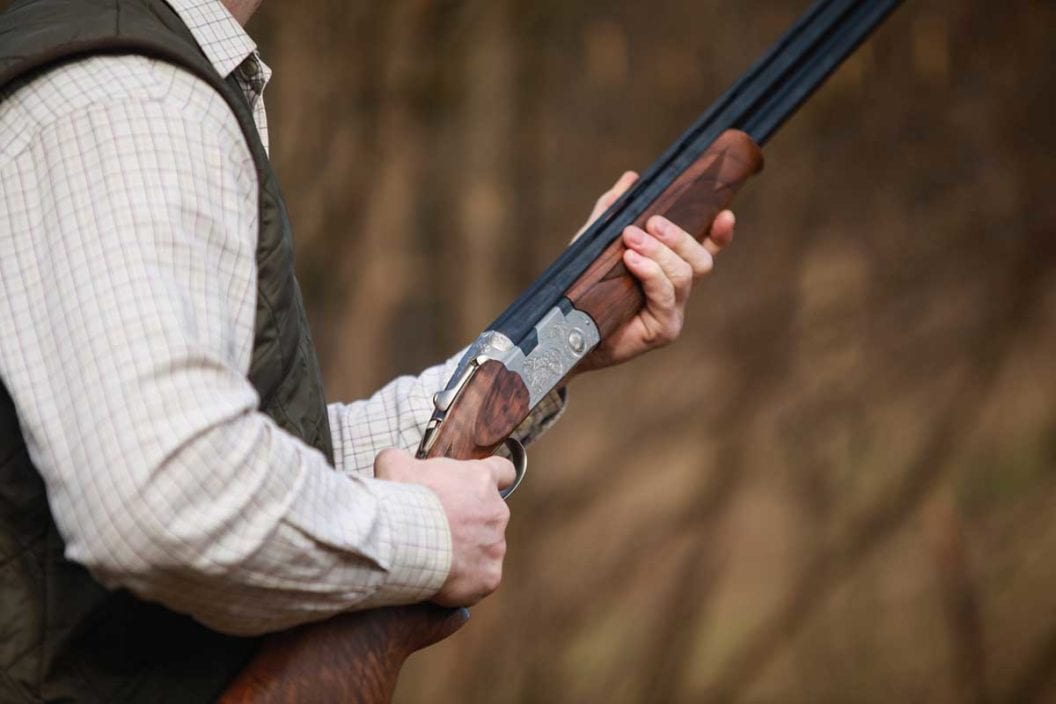
The offseason is a great time for any hunter to improve their skills and craft. For wingshooters, it can be helpful to get back to the basics. When we are talking about the basics of wingshooting, we are referring to body stance, grip, coordination, and mastering the move. Successful shooting starts with a good stance, which grounds the shooter and allows the body to move freely throughout the shot sequence. Then there’s the matter of the lead, which is always important. When it comes together, you open yourself up to enjoying the opportunities you get while upland bird hunting in the prairies or migratory bird hunting in the wetlands that much more.
Stance and Grip
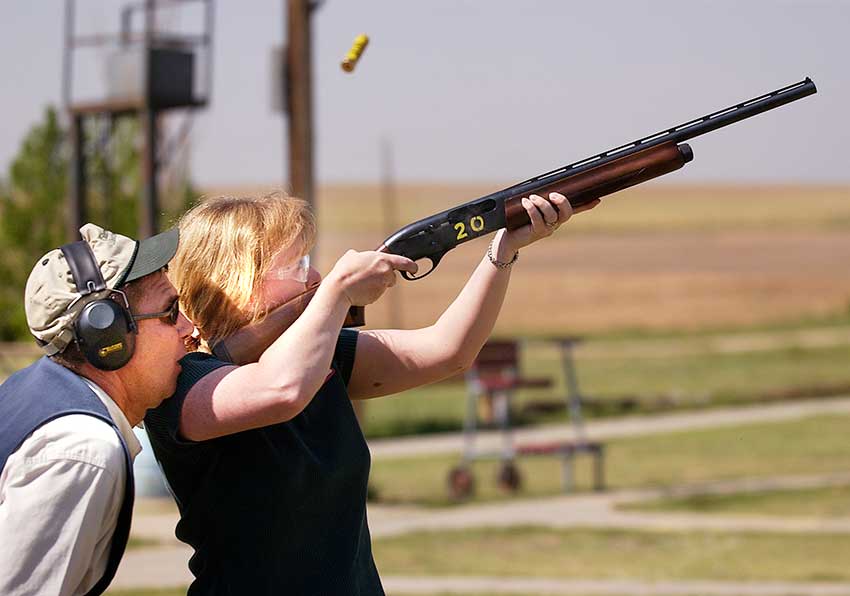
Glenn Asakawa/Getty
Practice during the offseason will be a lot different from go-time in the field. At the range there will be (presumably) plenty of time to prepare for the shot and get into position. You will be on level ground in a fairly predictable environment. While hunting, you may find yourself in vastly different circumstances. The ground may be uneven, you may be bent over looking at something when game flushes out, the sun may be in your eyes, and there are plenty of other variables. Regular repetition of your shooting stance and movement follow-through can help improve reaction time and sharpen up your skills.
Try improvising some different circumstances while practicing. Start from a crouched position before moving into shooting stance. Try other vantage points. The trick is not in being the quickest shooter. The trick is honing in on the instinct to determine the proper position and exact moment before your shot opportunity is gone.
Let’s talk more about stance before we get too far ahead. In an ideal circumstance, the front knee will be slightly bent and rear leg will be straight. While raising the shotgun to fire, the forearm hand takes the grunt of the effort, pushing the gun out and up toward the target. Your trigger hand raises the stock up to your face – more guidance and balance than brute force. When shouldering the gun, your eyes and senses should be on your target. Let your focus be on the target and let your body instincts do the shoulder mounting. Typically, your weight should shift to your front foot as you lean your body into the gun. There are exceptions to this general rule, such as overhead shots or shots from non-typical positions.
Pay attention to your grip, too. The best grip is regulated and steady, but not white-knuckled. There should be no sloppiness, only calm control. Find the balance between too loose and too tight. This, too, takes time and repetition.
So much of wingshooting success relies on the shooter’s ability to call on instincts and muscle memory. These can be fine-tuned while practicing during the offseason, so as not to struggle once the season rolls around. Shouldering the gun over and over, from different starting points, helps to hone in on those instincts and help your body react quickly in the field. Doing things over and over makes them a habit, and over time habit becomes instinct.
Feel the Lead
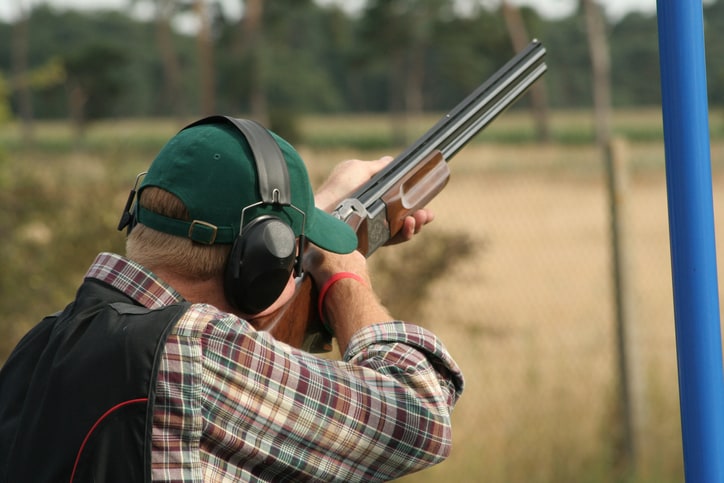
SMImp/Getty
“Feel the lead,” shooting instructors often tell their students. What does that even mean? It suggesting that to hit a target while it is flying through the air, you have to aim the muzzle of your shotgun in front of the target when you pull the trigger. Your target is not fixed, like in some other types of hunting.
Wingshooting involves a moving target. Shotgun pellets need time to get from the end of your barrel to where the target is going to be. In other words, you are shooting not where the target is when you pull the trigger, but rather where the target is going to be once the pellets get there. That way, when the fast moving target passes through the “lead” area it is connecting with the shot.
Experienced shooters know that the eyes (and trigger finger) will recognize when the lead is right. Basically, it means you must trust your instincts. The more this is done, the better the shooter will feel the lead and it will eventually become more natural.
The best way to practice feeling the lead is to shoot a lot of clay targets. Spend the offseason blasting through box after box and come hunting season, your shot will be refined.
Wingshooting Mastery
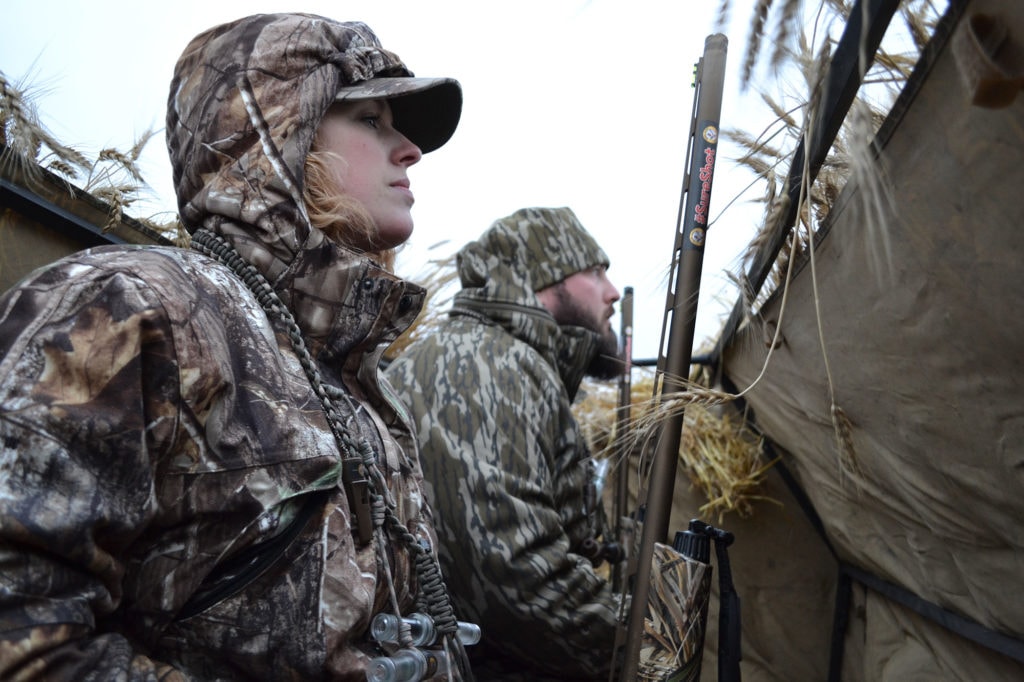
Now put it all together: Stance, control, and the lead. With practice comes proficiency.
This process should be done together in sequence, not in chunks. It is akin to performing a routine. One portion is not complete without the other. Spend the offseason working on these steps and wingshooting will be that much more fun come hunting season.
READ MORE: HOW HUNTERS CAN TRAIN IN THE SUMMER WITHOUT EVER PULLING THE TRIGGER
The post Offseason and Preparatory Wingshooting Tips appeared first on Wide Open Spaces.

